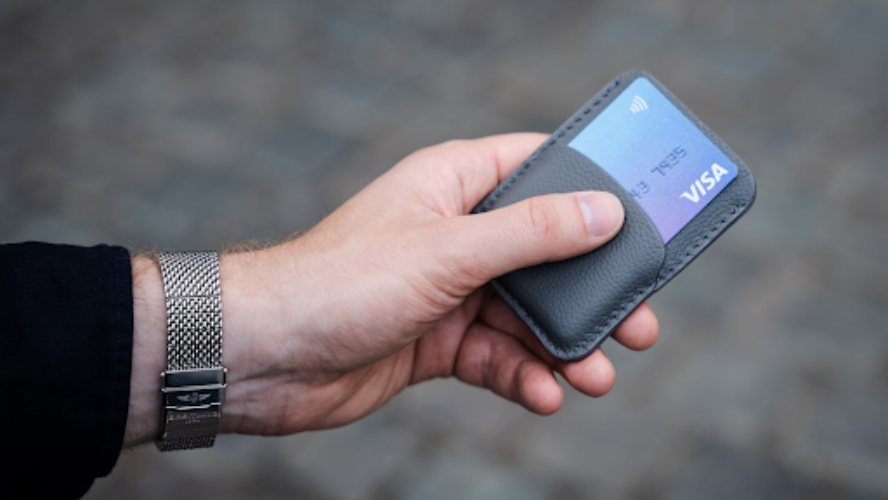
Disclaimer: This content was true at the time of writing, but may now have changed.
When you’re struggling with debt, a Debt Relief Order (DRO) can seem like a beacon of hope. This debt solution is designed to help people in specific circumstances wipe the slate clean and start fresh.
However, like any significant financial step, a DRO comes with both advantages and disadvantages, and it’s important to know all your options and routes out of debt. In this blog, we’ll explore the key pros and cons of a Debt Relief Order, helping you get a clear, balanced perspective on what it means for your financial future.
Advantages of a Debt Relief Order
1. The DRO application can be a short process
Depending on your circumstances, we may be able to prepare and submit a DRO application for you within a matter of weeks.Once your DRO application has been approved, the DRO will typically last 12 months. During this time, if your financial situation doesn’t improve, then at the end of the 12-month period, your qualifying debts will be written off. It’s a permanent arrangement (not a delaying of repayment) as it fully writes off the debts for you. This timescale means that you can gain a financial fresh start relatively quickly and move forward with your life.
2. It can stop enforcement agents (bailiffs)
Once a Debt Relief Order is approved, enforcement agents (bailiffs) must stop collecting any debts included in the order. This can give you relief in a potentially stressful time. Be aware, though, that some debts, such as Magistrates’ Court fines, Child Support Agency/maintenance arrears, student loans and social fund loans aren’t covered by the DRO and can still be subject to recovery. Speak to your debt advisor if you’re still unsure what’s included.
If you’re worried about enforcement agents, you may qualify for the Breathing Space scheme, which gives you temporary protection from most creditors for 60 days for certain debts. Speak to your debt advisor to see if you qualify.
3. It’s free to submit a DRO application
Unlike other insolvency options, it’s completely free to apply for a Debt Relief Order. This means there are no upfront costs standing in your way making it an affordable way to begin your journey out of debt. An approved intermediary will submit your DRO application on your behalf, which means that you won’t have to submit your DRO application yourself, making the process easier for you.
4. Your possessions won’t be at risk
An advantage of a DRO is that there’s no risk of your possessions (also known as assets) being sold. For many people, this part of being in debt causes a lot of worry, so having this pressure taken off can be a big help.

When I got the DRO through I just cried…I have seen the light at the end of the tunnel. I’ve got out of that big hole I was in.
CAP client, Lyndsey, who became debt free through a DRO.
Disadvantages of a Debt Relief Order
1. You must meet certain criteria to be eligible
It’s worth bearing in mind that you’ll only be able to get a Debt Relief Order if you meet certain eligibility criteria. This includes:
- Having no more than £50,000 of qualifying debt.
- Having no more than £75 of disposable income per month (this means the money left over after you’ve paid your living costs each month, such as food, rent and bills).
- Your car or other vehicle not being worth more than £4,000.
- The total value of any other assets not being more than £2,000.
- Not having been through a Debt Relief Order within the last six years.
- Not currently being subject to another insolvency option (e.g. a bankruptcy or an IVA)
2. It will appear on your credit report
Having a DRO can impact your credit score as it’ll stay on your credit history for six years. This could make it harder to get credit in the future. If you start working with CAP with the aim of getting a DRO, we’ll also want to see your credit report, and will ask you to fill out a credit report consent form when you become a new client so that we can be confident that we have included all of your debts. It’s also worth remembering that your name will be listed on the Individual Insolvency Register, which is a public record, while you are in your DRO.
How do I know if a Debt Relief Order is right for me?
A Debt Relief Order is just one of many routes out of debt. Whether it’s the right option for you will depend on your personal financial circumstances. At CAP, we don’t charge a penny to get help from us, and our FCA-authorised debt advisors will talk you through all the options available. You’ll also receive 1:1 support with a local debt coach in your area. Check below to find debt help in your area.








